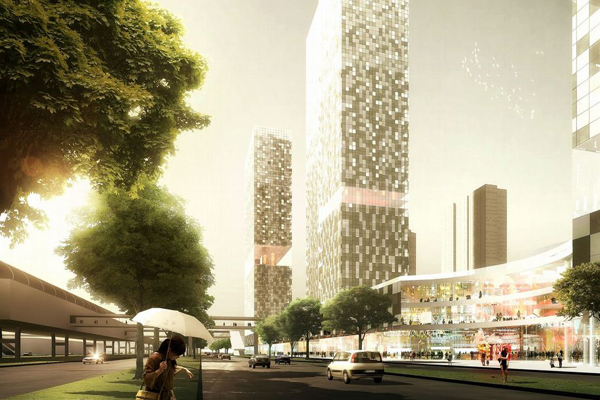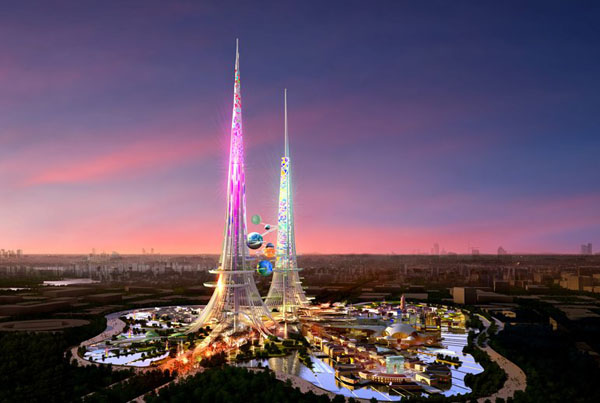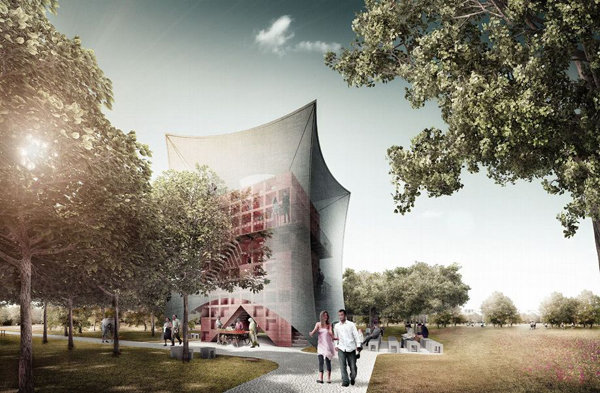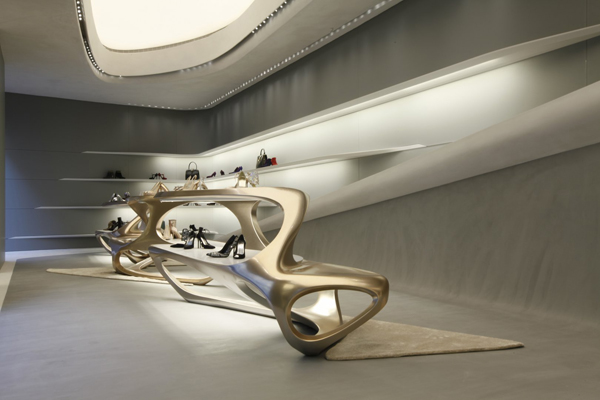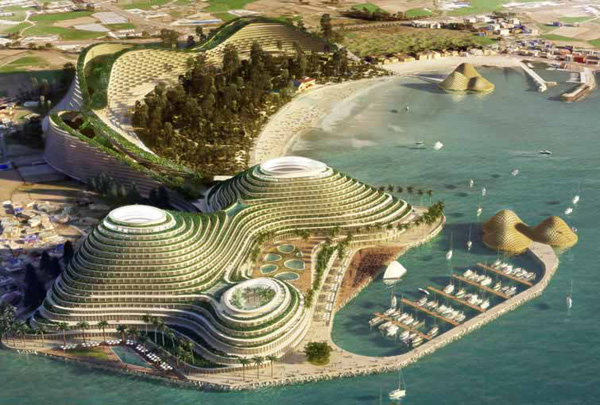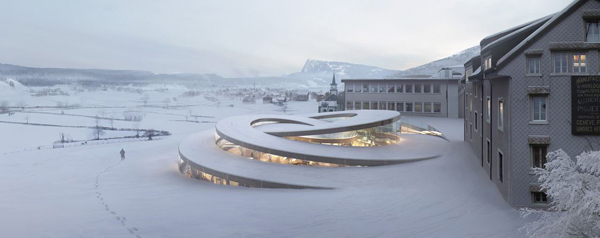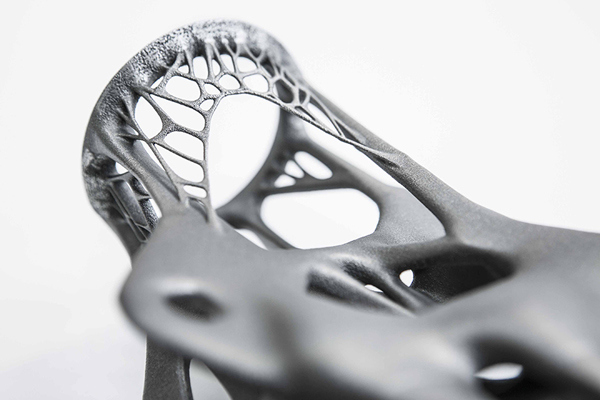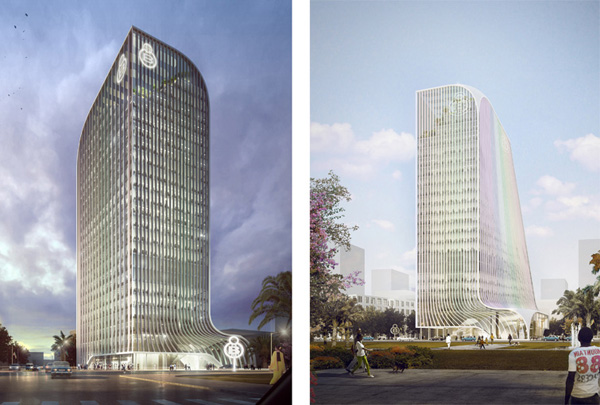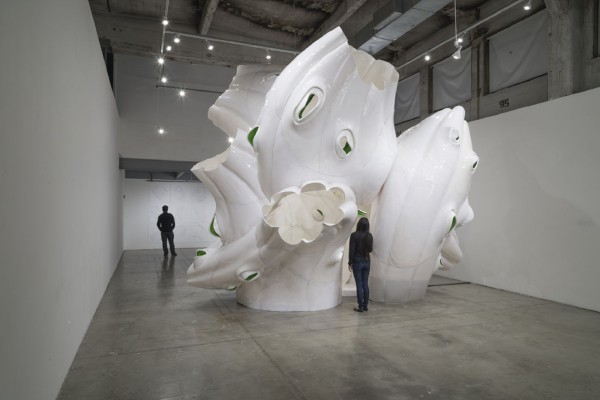Mecanoo designed a 260,000 m² ecological urban building complex at China’s first special economic zone of Shenzhen. Situated at the foot of the beautiful Tanglang Hills, Tanglang Towers are perfectly placed to capture the busy flows streaming along the number 5 Huan Zhong metro line and major new roads circling downtown Shenzhen. Together, the four towers differing in heights form a noble and elegant composition that will become the landmark of city. Tanglang Towers center is also a world within itself in which the individual programmatic elements – hotel, commercial center, offices, residences and underground parking – work harmoniously and synergistically. A series of stunning atria, a striking sky lobby, a rich green roof garden, and a spectacular central patio will turn Tanglang Towers into more than just a rest-stop along the Huan Zhong metro line or a local center for the surrounding neighborhoods.
The entire complex is based on an 8.4m square grid enriched by a series of circular spaces which create the entrances, atria and patios. The Metal Patio forms the vibrant heart of the Tanglang Towers complex. The patio is gently inclined to create a natural amphitheater, much the same as with the Piazza del Campo in Siena, Italy. This provides the setting for a myriad of activities; from dance performances to public celebrations. The shopping mall consists of anchor stores, retail stores, cafes, restaurants, a cinema and a supermarket.
The facade concept of the towers is based on a pixel pattern which gently fades from more closed to more open on the higher levels. This matches the distribution of increasingly luxurious housing categories on the higher levels of the towers. The pixels are made from panels of four different materials: glass, concrete, metal – solid and perforated, and photovoltaic cells. The combination of these materials creates a rich and glittering impression. Tanglang Towers aims for a 3-Star Chinese Green Building Evaluation Label, and includes measure like photovoltaic cells integrated on south facade, green roof gardens for water retention, cleaning air and creating biodiversity and concrete mass activation. Read the rest of this entry »

